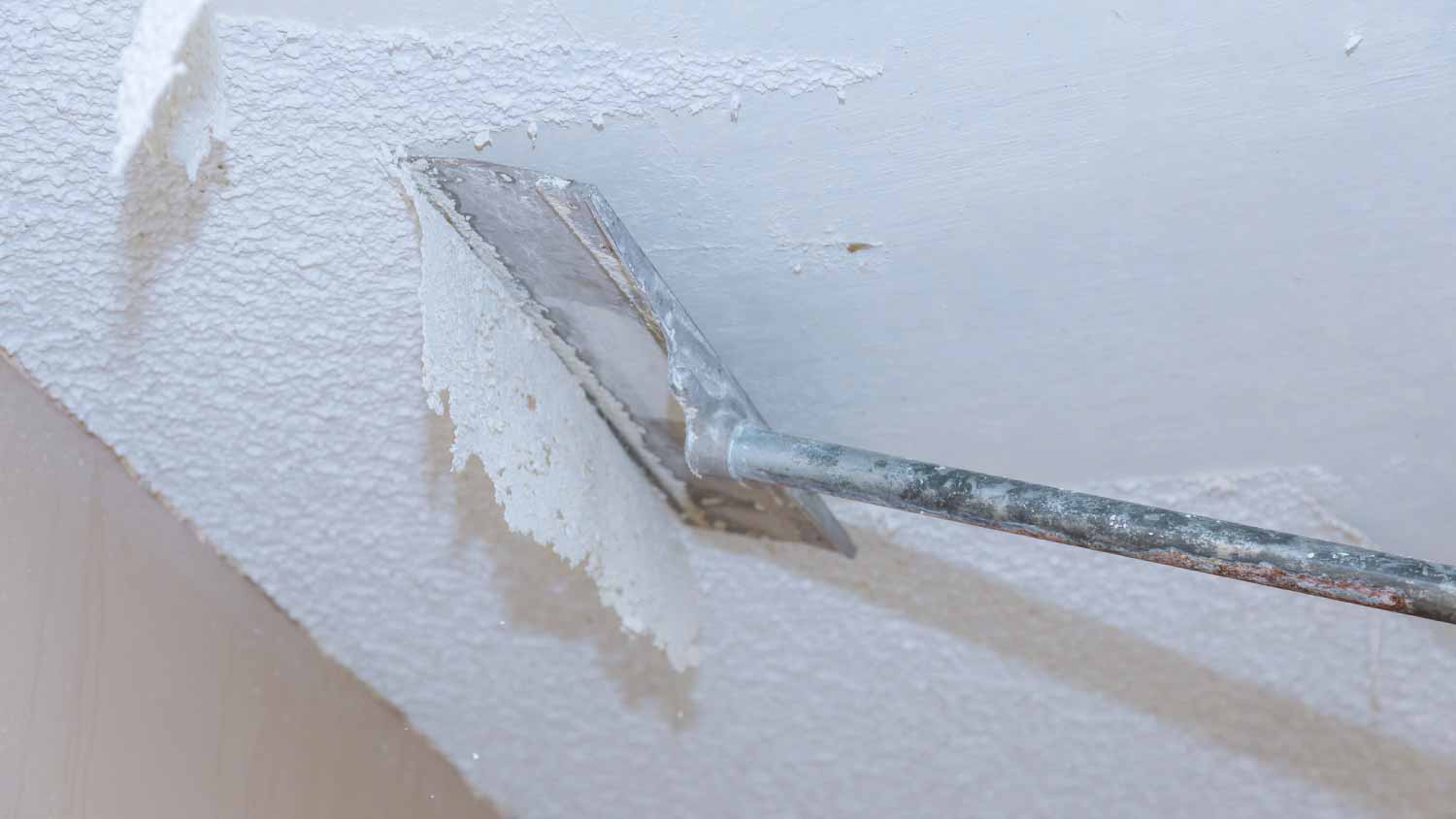
Wondering how much it costs to remove an acoustic ceiling? Get cost estimates, key factors, and expert tips to help you plan your ceiling update.
Slow and steady wins the race


It takes time to find the right set-up, furniture, and accessories
Practices like second-hand, restoration, and craftsmanship are all incorporated
Think outside of the box to successfully incorporate slow decorating
While it’s tempting to decorate a new home all at once, slow decorating wants you to reconsider. This new approach to interior design is making waves because it encourages taking time to discover and hone the perfect set-up rather than rushing to fill your space with accessories and trends that you may want to re-do as soon as the seasons change. Use this guide for tips on how to incorporate slow decorating principles into your home.
Slow decorating is an interior design approach that promotes taking time to decorate a home. If you patiently get to know your space, you’ll have a better idea of what it needs in order to make it feel like yours, or so the thinking goes.
Though buying all your decor and furniture up-front may seem more convenient, slow decorating suggests otherwise. Sure, your space will be full, but you may quickly find that your chosen pieces don’t fit what you really want. But, if you take your time to thoughtfully evaluate your home, you won’t regret your choices—or have to do the extra work of reselling, replacing, or making returns down the road.
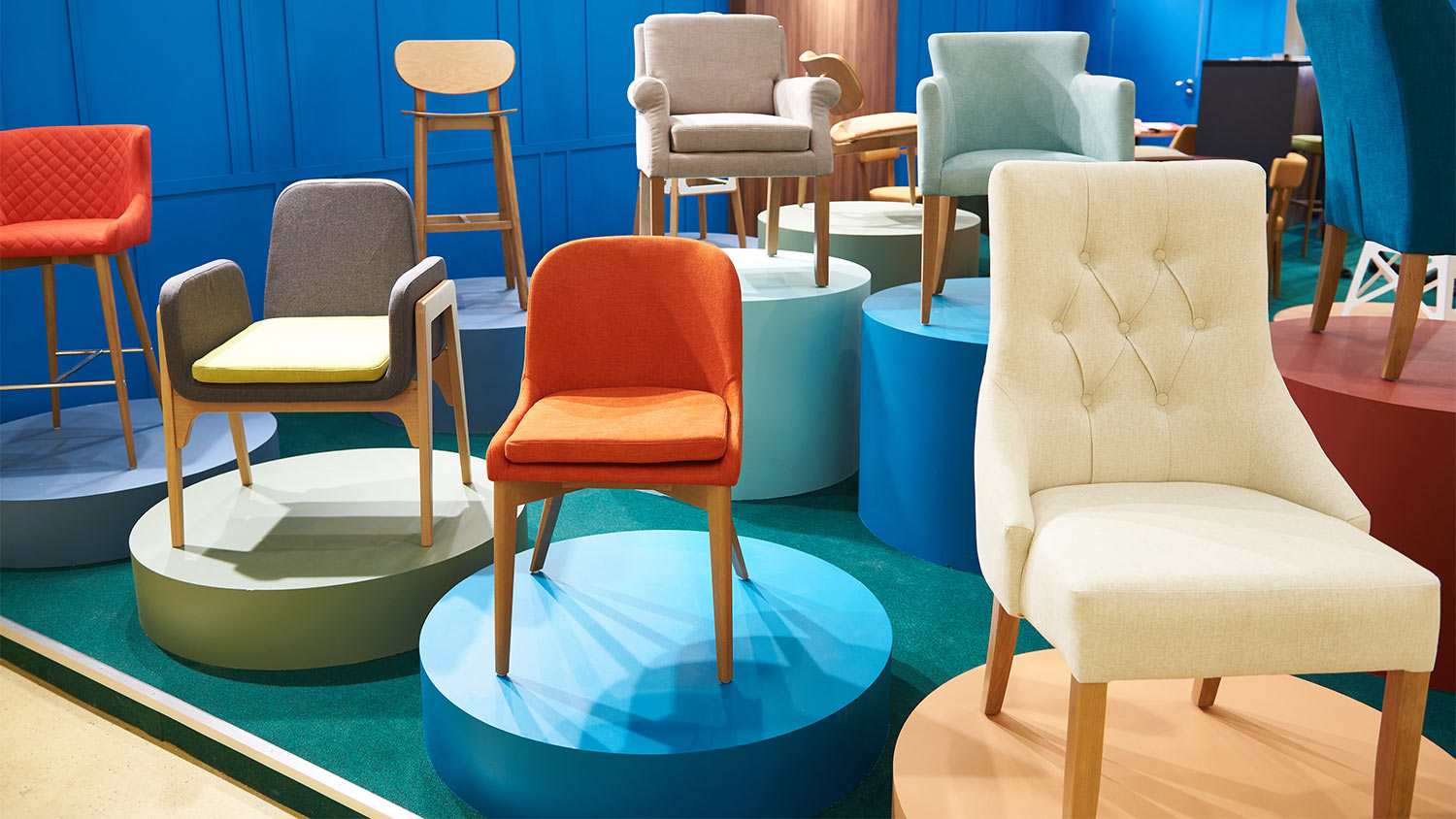
Along with decorating slowly, there are a handful of other defining principles to the slow decorating movement, like shopping sustainably and planning out your big purchases. Here are four slow decorating mainstays:
Slow decorators rely heavily on found objects and furnishings that already have history. Doing this saves on expenses, so you have more for investment pieces (more on that in a bit) while also being more sustainable and visually interesting than buying everything brand new.
Slow decorators love to give old items a second chance, like that heirloom that needs a bit of TLC. There are many ways to revamp old furniture, from giving it a fresh coat of paint to transforming it into a new piece.
Design trends may come and go, but slow decorating celebrates your individual taste and curation. Though you may be convinced that a certain trend suits your taste, you may find that you were simply caught up in all the excitement of a new color story. Taking time to let trends develop will enable you to more clearly see what has staying power and what doesn’t really deserve a spot in your home.
Slow decorating is another form of green homeowner practice because it shies away from impulse buying and encourages thoughtful consideration of a furnishing or fixture’s make-up. For example, you can find materials like wool, hemp, and bamboo in flooring and upholstery. These materials come from abundant and renewable sources and contain environmental benefits for your home like little to no VOCs or allergenic properties. Implement this concept in ways, such as finding a woven rug made from salvaged textiles or planning to use bamboo planks for your flooring renovation. If you’re planning a large home improvement project, ask a local contractor how you can incorporate other green practices.
Now that you know a bit more about the core tenants of slow decorating, here’s how you can bring it into your design process.
When you first move into a new home, take at least two to three months to get to know your space before making any big purchases. The amount of time it takes to become accustomed to a new space varies greatly from person to person, but a few months will give you a general idea of what you’re going to want and need and where it should go. If you need more aesthetic inspiration, you can incorporate some basic feng shui principles to discover the perfect flow.
In the meantime, bring along furniture from your former home to tide you over. Or, if you’ve made a cross-country move and sold off as much as possible before your departure, turn to thrift and flea markets to cover the basics—at least temporarily.
If you can bring along old furniture from your previous home, take another look to see what still has potential. Your childhood bookshelf could become your next entertainment center. Or transform a couple of garden stools into a chic and functional coffee table. The no-cost home decoration possibilities are endless if you give yourself the time to dream and DIY.
Mixing old and new pieces is a great way to make a space feel well-curated, and slow decorating isn’t limited to shopping second-hand exclusively. Taking extra time gives you the luxury to figure out exactly what big pieces you want, build up a sufficient budget, and hunt down the just-right items, whether it’s a mid-century dining table or a brand new designer couch. Remember that great things come to those who wait, and finding the diamonds in the rough will take patience, planning, and a little bit of luck.
From average costs to expert advice, get all the answers you need to get your job done.

Wondering how much it costs to remove an acoustic ceiling? Get cost estimates, key factors, and expert tips to help you plan your ceiling update.

Discover average bedroom addition costs, including cost factors, labor rates, and tips to help you budget for your new bedroom addition project.

The cost to replace trim depends on factors such as style, material, and whether you hire a pro. Find out what your budget could look like for this project.
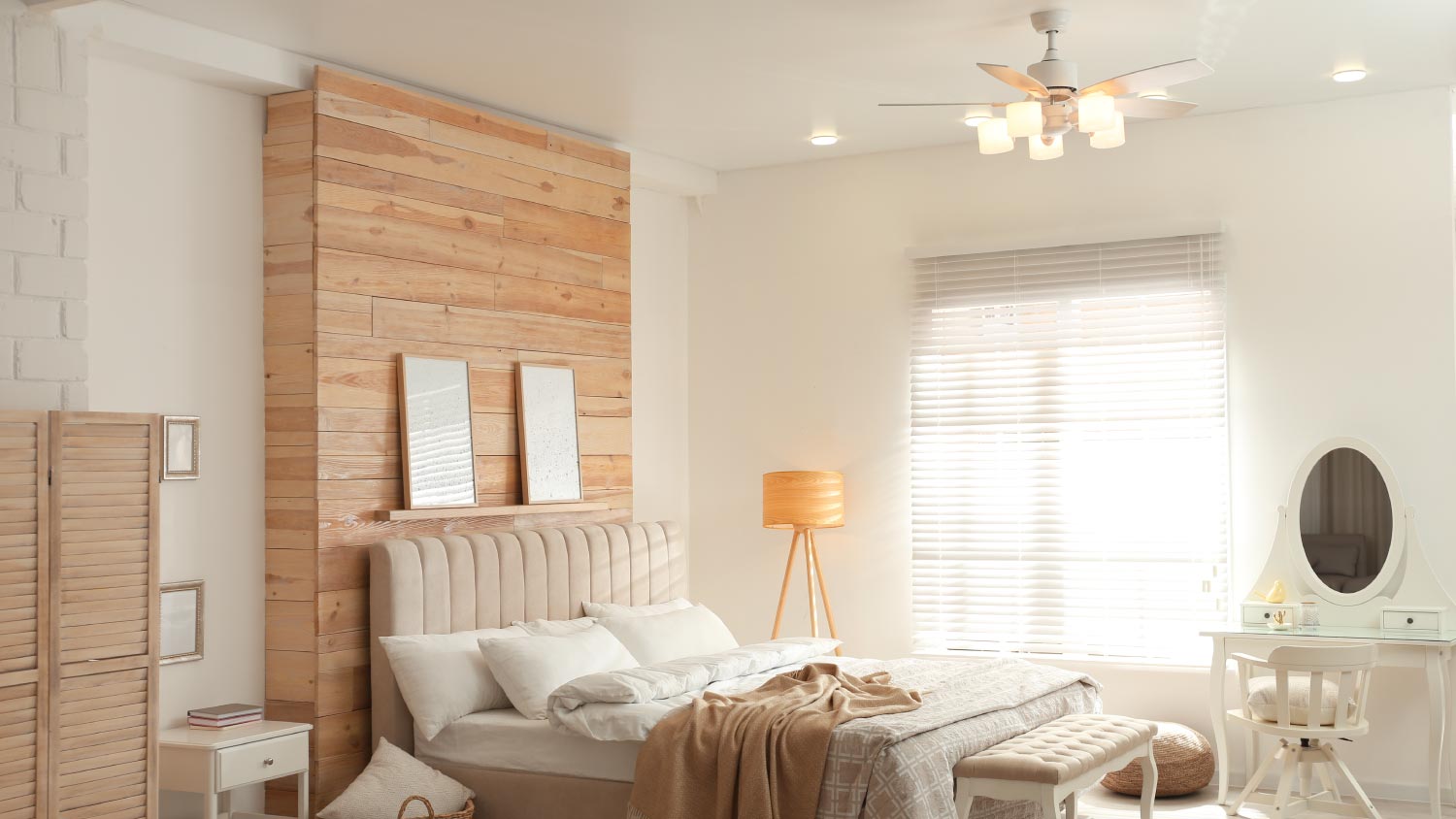
Discover the average cost of stretch ceiling installation, key price factors, and ways to save. Get transparent pricing to plan your stretch ceiling project.
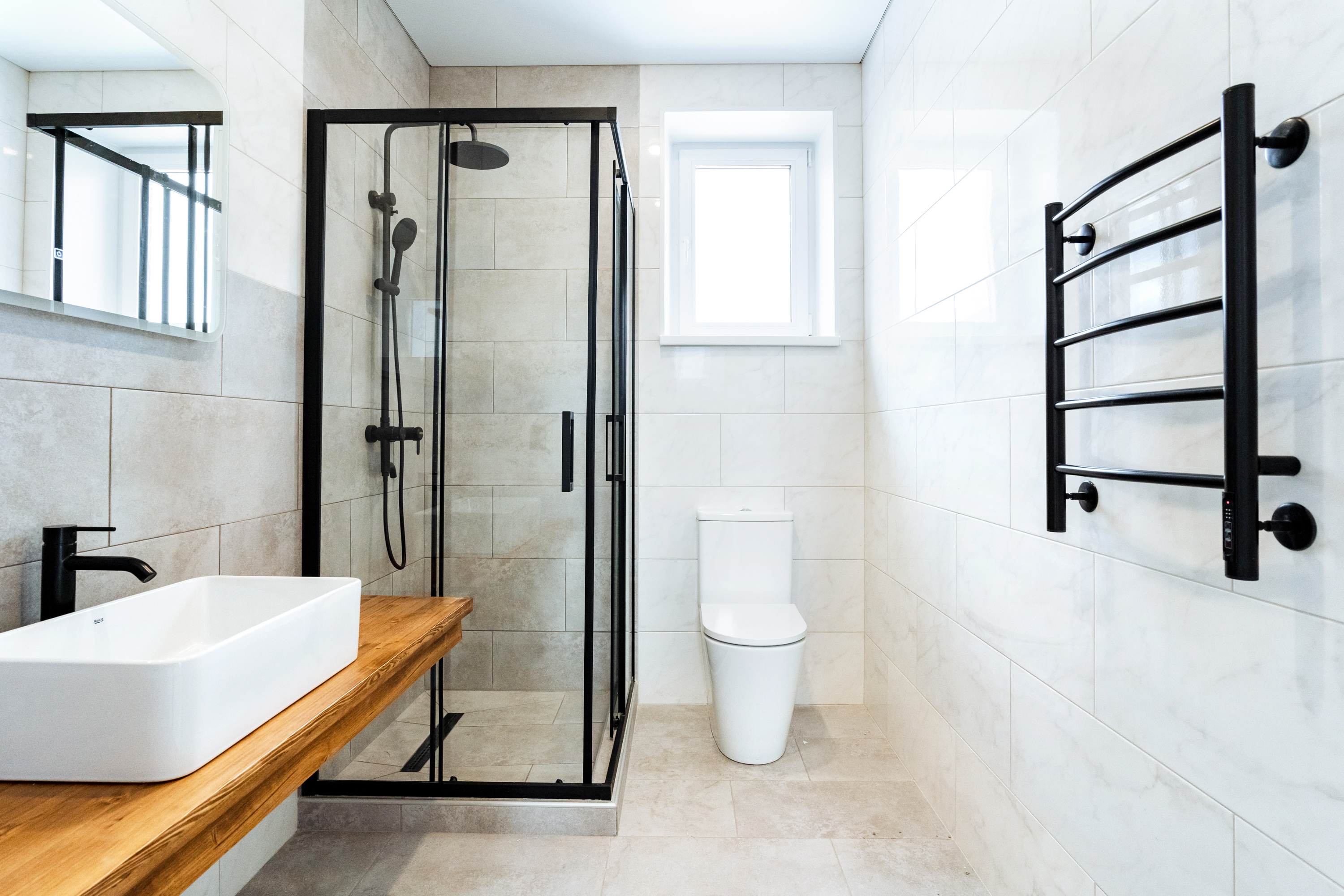
Discover the cost to design a bathroom, including key price factors, to help you plan your remodel with confidence and avoid budget surprises.
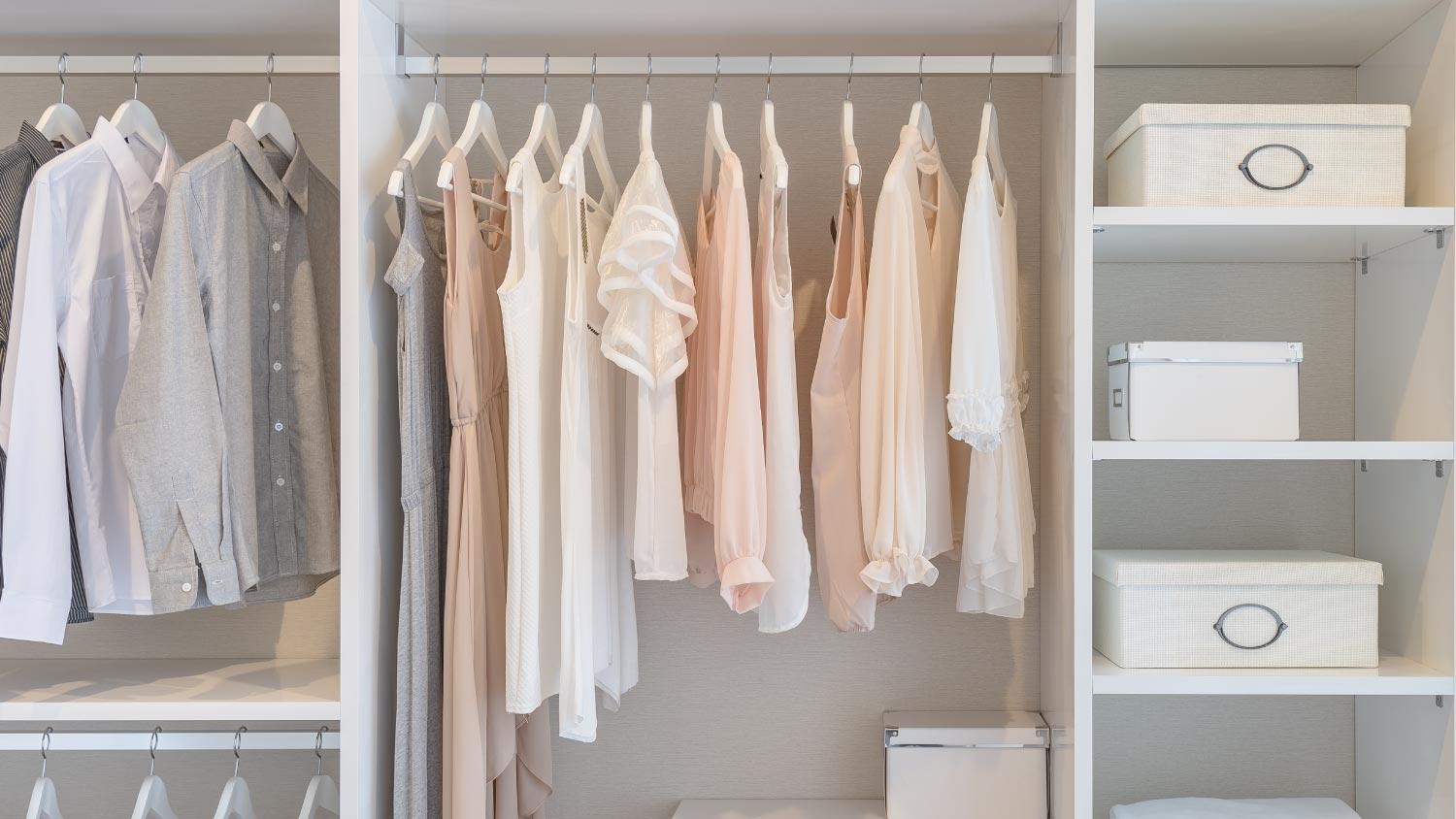
Discover the cost to install a built-in wardrobe. Learn about average prices, installation factors, and ways to save on your custom storage project.